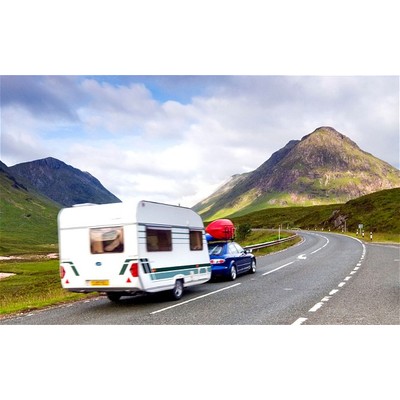We’ll be helping you understand different road rules in different Australian states. We’ll introduce you to some unique highlights of the road rules in every state, and point you to some useful links for more information on the same.
Road rules common throughout Australia:
- Barring a few exceptions, all Australian dual-lane roads have a maximum speed limit of 110km/h. Urban areas typically have a speed cap of 50km/h.
- Making U-turns at traffic lights is illegal throughout Australia (unless otherwised signed).
- The driver and all passengers (children included) should be using seatbelts while the vehicle is in motion. All seatbelt infringement penalties, including those applicable to passengers in a vehicle, are charged to the driver.
- An alcohol limit of 0.05g per 100ml of blood is applicable to drivers throughout Australia. New drivers in each state have differing laws for a certain amount of time where 0.00g is applicable.
- Leaving a vehicle unlocked, unattended, with its windows down, or with its keys inside, is liable to incur a fine.
- Parking areas specify the direction that your vehicle must face (nose-in, rear-in); misinterpreting the parking signage will land you a ticket. While, parking, the vehicle’s nose must also face the direction of travel.
New South Wales
NSW, Australia’s most populated state, has pioneered the implementation of almost all road rules in the country. Using mobile phones or similar devices while driving a vehicle, without mounting them on a bracket or holder, was first made illegal in NSW. This applies to calling, texting, and even browsing the internet or selecting a song from your playlist. Similarly, NSW was also the first state to legalise giving way to all vehicles in a roundabout (and not just to the right).
More information is available on the NSW RTA website, in their Road Users Handbook.
Victoria
U-turns can be made at traffic lights in Victoria, unless a sign explicitly prohibiting the same is put up at the light. Car owners are advised to not leave empty bike racks attached to their vehicles while driving in Victoria, as this can fetch you a fine. Carrying a bike rack with a bicycle in it is permitted, though.
More information is available on the Vic Roads website, in their Rules and Responsibilities Guide.
South Australia
SA drivers must slow down to 25km/h at children’s crossings in designated school zones (and generally if a child is present anywhere in the school zone), and while passing any stationary emergency vehicle with flashing lights powered on. SA drivers must also use their indicators at all roundabouts, to inform other drivers about where they’ll be exiting the roundabout. SA road authorities permit drivers to cross road marking lines (single or double continuous) to avoid obstructions including fallen trees or vehicles that have crashed, broken down or have been parked illegally.
More information is available on the SA Roads and Licensing Authority website, and in the SA Driver’s Handbook.
Western Australia
WA does not have any major deviations from standard Australian road rules, but information on WA road rules and safe driving instructions can be found on the WA Department of Transport website, in their Drive Safe Guide.
Queensland
Drivers with licenses in languages other than English must carry a valid English translation of the same in Queensland. Queensland authorities are also particularly strict about alcohol limits, and the police expect you to have your driving license readily available at all times.
More information is available on the QLD Department of Transport and Main Roads website, in their Driver’s Guide, Essential Driving Companion for Visitors, their Driving in the Outback Guide, and their Fraser Island Driving Rules.
Tasmania
Roads in Tasmania feature single continuous lines instead of double continuous lines to divide lanes, though the usual rules prohibiting crossing over remain applicable here. Wherever two lanes merge, the vehicle in front will have right of way. Tasmania drivers must stick to the left on multi-lane roads with speed limits over 80km/h.
More information is available on the TAS Department of Infrastructure, Energy and Resources website, in their Tasmania Road Rules Handbook.
Australian Capital Territory
ACT is extremely strict about alcohol limits while driving, and authorities can issue an Immediate License Suspension to drivers who do not stop when directed by the police, and refuse to take – or fail – the roadside breath test.
More information is available on the ACT Territory and Municipal Services website, in their Road Rules Handbook.
We hope the above information will resolve your doubts regarding different road rules in different Australian states, and encourage you to take a road trip as soon as you have a few days to spare!
DISCLAIMER* Please note, this advice is general in nature and we strongly recommend consulting the product manual and where relevant, a professional installer.







